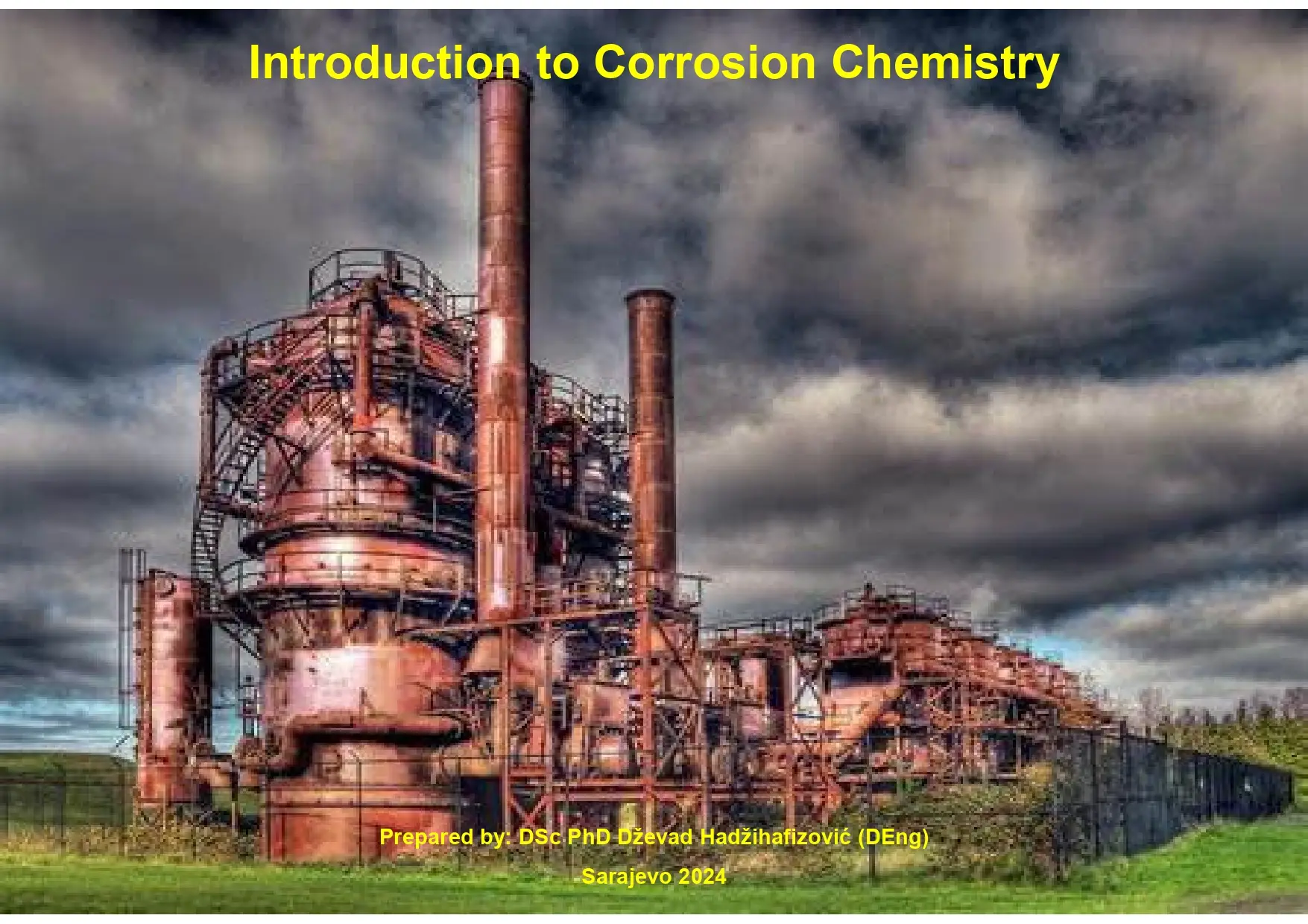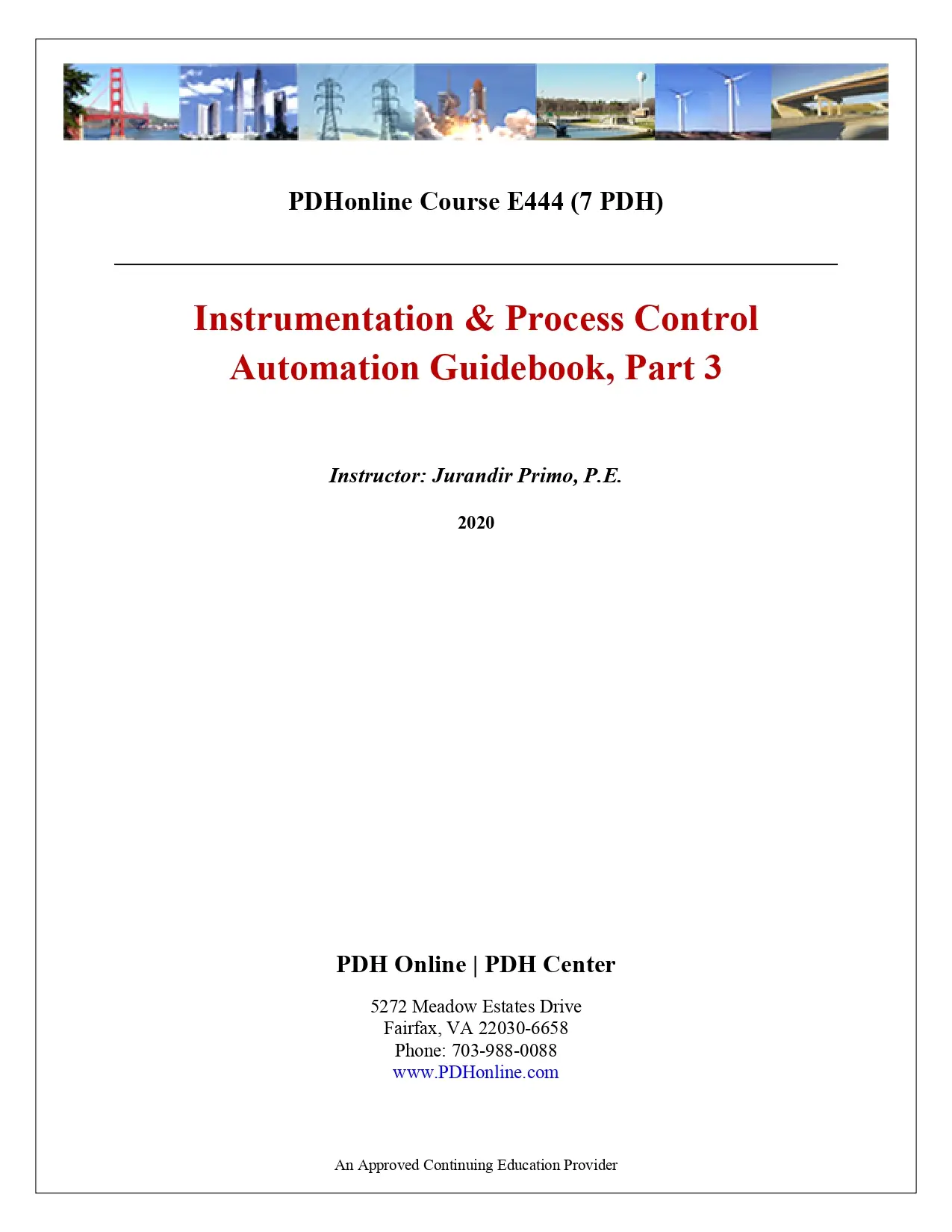World Energy Investment 2024
Abstract
This year’s edition of the World Energy Investment provides a full update on the investment picture in 2023 and an initial reading of the emerging picture for 2024. The report provides a global benchmark for tracking capital flows in
the energy sector and examines how investors are assessing risks and opportunities across all areas of fuel and electricity supply, critical minerals, efficiency, research and development and energy finance. The report highlights several key aspects of the current investment landscape, including persistent cost and interest rates pressures, the
new industrial strategies being adopted by major economies to boost clean energy manufacturing, and the policies that support incentives for clean energy spending, notably from the increasingly important viewpoints of energy security and affordability.
World Energy Investment 2024
Abstract
This year’s edition of the World Energy Investment provides a full update on the investment picture in 2023 and an initial reading of the emerging picture for 2024. The report provides a global benchmark for tracking capital flows in
the energy sector and examines how investors are assessing risks and opportunities across all areas of fuel and electricity supply, critical minerals, efficiency, research and development and energy finance. The report highlights several key aspects of the current investment landscape, including persistent cost and interest rates pressures, the
new industrial strategies being adopted by major economies to boost clean energy manufacturing, and the policies that support incentives for clean energy spending, notably from the increasingly important viewpoints of energy security and affordability.
ISA Steel InfraBuild Summit 2024
Executive summary
India’s economic growth largely depends on the steel industry, making the country a global hub for steel production.
With deliberate strides towards industrial self-sufficiency, particularly in steel, India is currently the world's secondlargest1 producer. With robust economic growth and government initiatives to support the sector, India is wellpositioned to witness continued growth in the steel industry. India seeks to achieve 300 Million Metric Tonnes (MT) of crude steel capacity by 20302 and 500 MT by 2047.3 Consumption across sectors of the end-user ecosystem will drive this growth, which will also be promoted by government expenditure and increasing urbanisation.
ISA Steel InfraBuild Summit 2024
Executive summary
India’s economic growth largely depends on the steel industry, making the country a global hub for steel production.
With deliberate strides towards industrial self-sufficiency, particularly in steel, India is currently the world's secondlargest1 producer. With robust economic growth and government initiatives to support the sector, India is wellpositioned to witness continued growth in the steel industry. India seeks to achieve 300 Million Metric Tonnes (MT) of crude steel capacity by 20302 and 500 MT by 2047.3 Consumption across sectors of the end-user ecosystem will drive this growth, which will also be promoted by government expenditure and increasing urbanisation.
Innovative and Sustainable Methodologies for Smart Water Network Management
‘Smart, innovative, and sustainable’. These are the crucial – we would say inescapable – requirements of any new method and procedure for managing natural, social, and economic resources currently being debated and then accepted as possible best practice. Further, when dealing with drinking water and pipe systems, leakage reduction and control are mandatory in any management plan also because of the need to save energy and water. The opportunities for researchers and water utility technicians at international conferences to contribute new methods and devices as tools for improving the performance of pipe systems are very welcome. Furthermore, the number of journals in which innovative approaches and techniques can be presented and the number of exhibitions showing technologies for treatment and drinking water distribution are currently increasing throughout the world.
Innovative and Sustainable Methodologies for Smart Water Network Management
‘Smart, innovative, and sustainable’. These are the crucial – we would say inescapable – requirements of any new method and procedure for managing natural, social, and economic resources currently being debated and then accepted as possible best practice. Further, when dealing with drinking water and pipe systems, leakage reduction and control are mandatory in any management plan also because of the need to save energy and water. The opportunities for researchers and water utility technicians at international conferences to contribute new methods and devices as tools for improving the performance of pipe systems are very welcome. Furthermore, the number of journals in which innovative approaches and techniques can be presented and the number of exhibitions showing technologies for treatment and drinking water distribution are currently increasing throughout the world.
Instrumentation & Process Control Automation Guidebook, Part 3
INTRODUCTION:
Instrumentation is the science of automated measurement and control, or can be defined as the science that applies and develops techniques for measuring and controls of equipment and industrial processes. Process control has a broad concept and may be applied to any automated systems such as, a complex robot or to a common process control system as a pneumatic valve controlling the flow of water, oil or steam in a pipe.
Instrumentation & Process Control Automation Guidebook, Part 3
INTRODUCTION:
Instrumentation is the science of automated measurement and control, or can be defined as the science that applies and develops techniques for measuring and controls of equipment and industrial processes. Process control has a broad concept and may be applied to any automated systems such as, a complex robot or to a common process control system as a pneumatic valve controlling the flow of water, oil or steam in a pipe.










